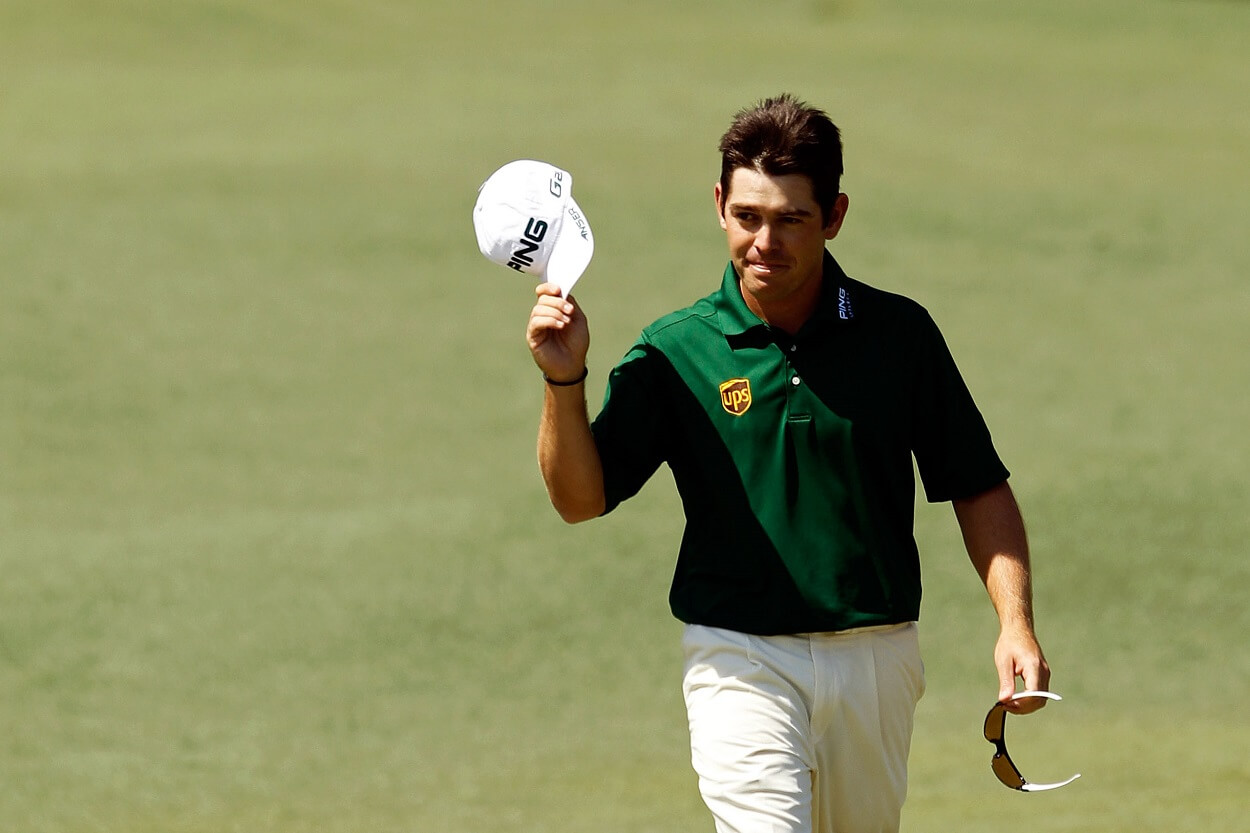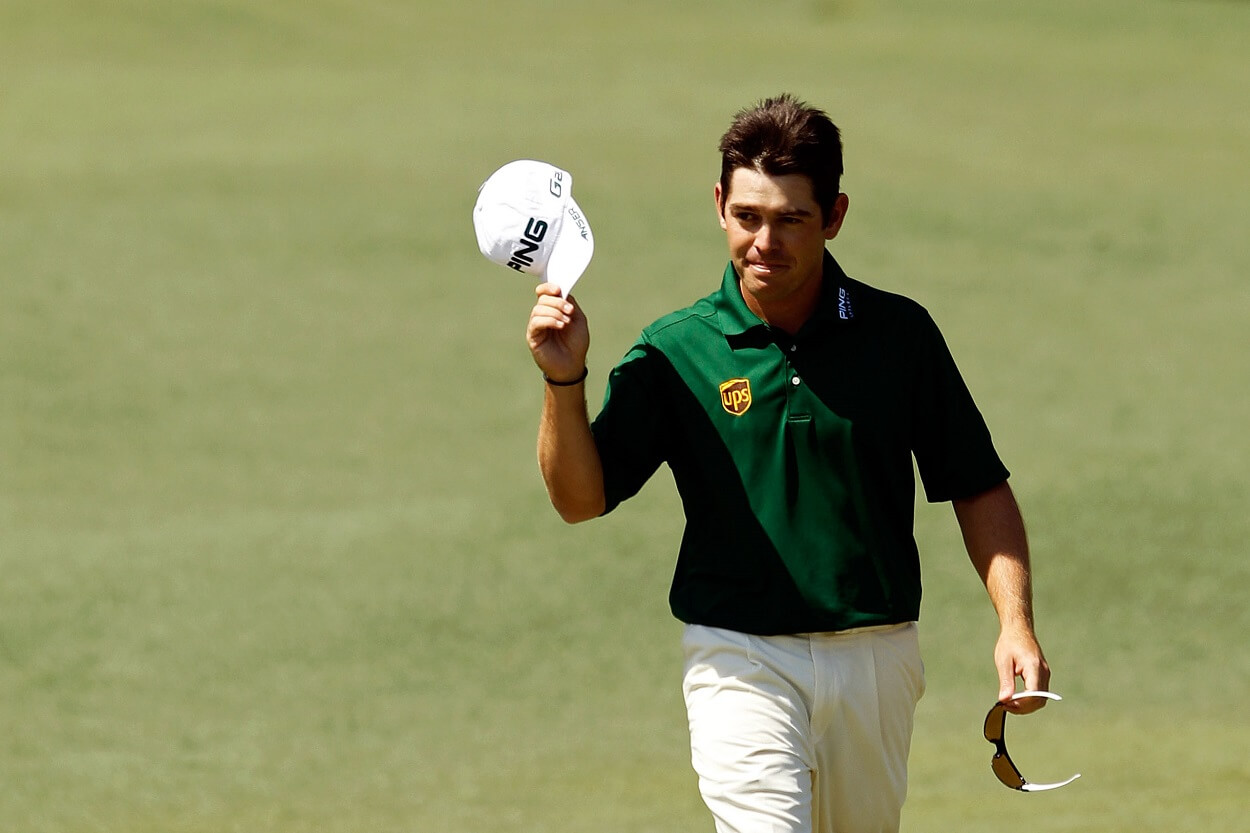Golf
What Is an Albatross in Golf and What Are the Odds of Making One?

Those familiar with golf know the sport has its own unique vocabulary. You’ve got eagle, birdie, par, bogey (or the dreaded double, triple, quadruple, etc.), OB, ace, slice, duck hook, draw, fade, and so on and so forth. But perhaps the most rare term used in golf is albatross. And there’s certainly a reason for that.
For those unaware, an albatross is when a golfer scores three strokes under par on a given hole. Obviously, making an albatross, which is also known as a double eagle, on a par-3 is impossible, so one can only occur on a par-4 (holing out in one shot) or a par-5 (holing out in two shots).
What are the odds of making an albatross in golf?
And just how rare is an albatross? Think about this. The odds of making a hole-in-one are roughly 12,500 to 1. And the odds drop to 3,000 to 1 for a PGA Tour player.
As for an albatross, the odds are roughly six million to 1. That means you have a better chance of being struck by lightning than you do of holing out in two on a par-5.
Named after a large, rare seabird, the term first entered the golf lexicon in 1929 but wasn’t widely used until decades later. Even now, double eagle is more widely used than albatross. But whichever you prefer, both are correct.
Every albatross in major championship history

As we’d be here for quite a while going through every albatross ever made on the PGA Tour, the European Tour, the LPGA Tour, or any of the other big tours around the world, we’ll just stick to those made in major championships.
Men’s majors
You’ll notice the first on the men’s side was recorded at The Open Championship all the way back in 1870. What’s fun there is that the par-6 was still in play, meaning Young Tom Morris holed out in three for his albatross.
| Player | Year | Tournament | Course | Round | Hole | Par/Score |
|---|---|---|---|---|---|---|
| Young Tom Morris | 1870 | The Open Championship | Prestwick | 1 | 1 | 6/3 |
| Gene Sarazen | 1935 | The Masters | Augusta National | 4 | 15 | 5/2 |
| Bruce Devlin | 1967 | The Masters | Augusta National | 1 | 8 | 5/2 |
| Johnny Miller | 1972 | The Open Championship | Muirfield | 2 | 5 | 5/2 |
| Bill Rogers | 1983 | The Open Championship | Royal Birkdale | 1 | 17 | 5/2 |
| T.C. Chen | 1985 | U.S. Open | Oakland Hills | 1 | 2 | 5/2 |
| Darrell Kestner | 1993 | PGA Championship | Inverness Club | 1 | 13 | 5/2 |
| Jeff Maggert | 1994 | The Masters | Augusta National | 4 | 13 | 5/2 |
| Per-Ulrik Johansson | 1995 | PGA Championship | Riviera CC | 2 | 11 | 5/2 |
| Manny Zerman | 2000 | The Open Championship | St. Andrews | 2 | 5 | 5/2 |
| Jeff Maggert | 2001 | The Open Championship | Royal Lytham | 1 | 6 | 5/2 |
| Greg Owen | 2001 | The Open Championship | Royal Lytham | 3 | 11 | 5/2 |
| Gary Evans | 2004 | The Open Championship | Royal Troon | 1 | 4 | 5/2 |
| Joey Sindelar | 2006 | PGA Championship | Medinah CC | 3 | 5 | 5/2 |
| Paul Lawrie | 2009 | The Open Championship | Turnberry | 4 | 7 | 5/2 |
| Shaun Micheel | 2010 | U.S. Open | Pebble Beach | 4 | 6 | 5/2 |
| Louis Oosthuizen | 2012 | The Masters | Augusta National | 4 | 2 | 5/2 |
| Nick Watney | 2012 | U.S. Open | Olympic Club | 1 | 17 | 5/2 |
Women’s majors
On the women’s side of things, two double eagles were recorded in tournaments that later became major championships. Sandra Post made one during the 1978 du Maurier Classic, and Sophie Gustafson made one at the 1999 Women’s British Open. But as each albatross was made when those tourneys weren’t officially majors, we can’t include them on the official list. Still, they deserved recognition.
| Player | Year | Tournament | Course | Round | Hole | Par/Score |
|---|---|---|---|---|---|---|
| Dawn Coe-Jones | 1993 | du Maurier Classic | London Hunt Club | 1 | 4 | 5/2 |
| Asa Gottmo | 2002 | Women’s British Open | Turnberry | 4 | 7 | 5/2 |
| Karen Stupples | 2004 | Women’s British Open | Sunningdale GC | 4 | 2 | 5/2 |
| Vikki Laing | 2014 | Women’s British Open | Royal Birkdale | 2 | 17 | 5/2 |
And there you have it — every albatross in major championship history.











